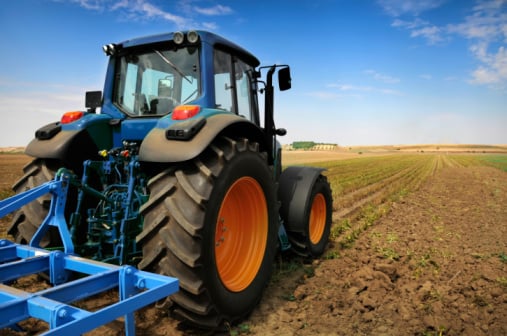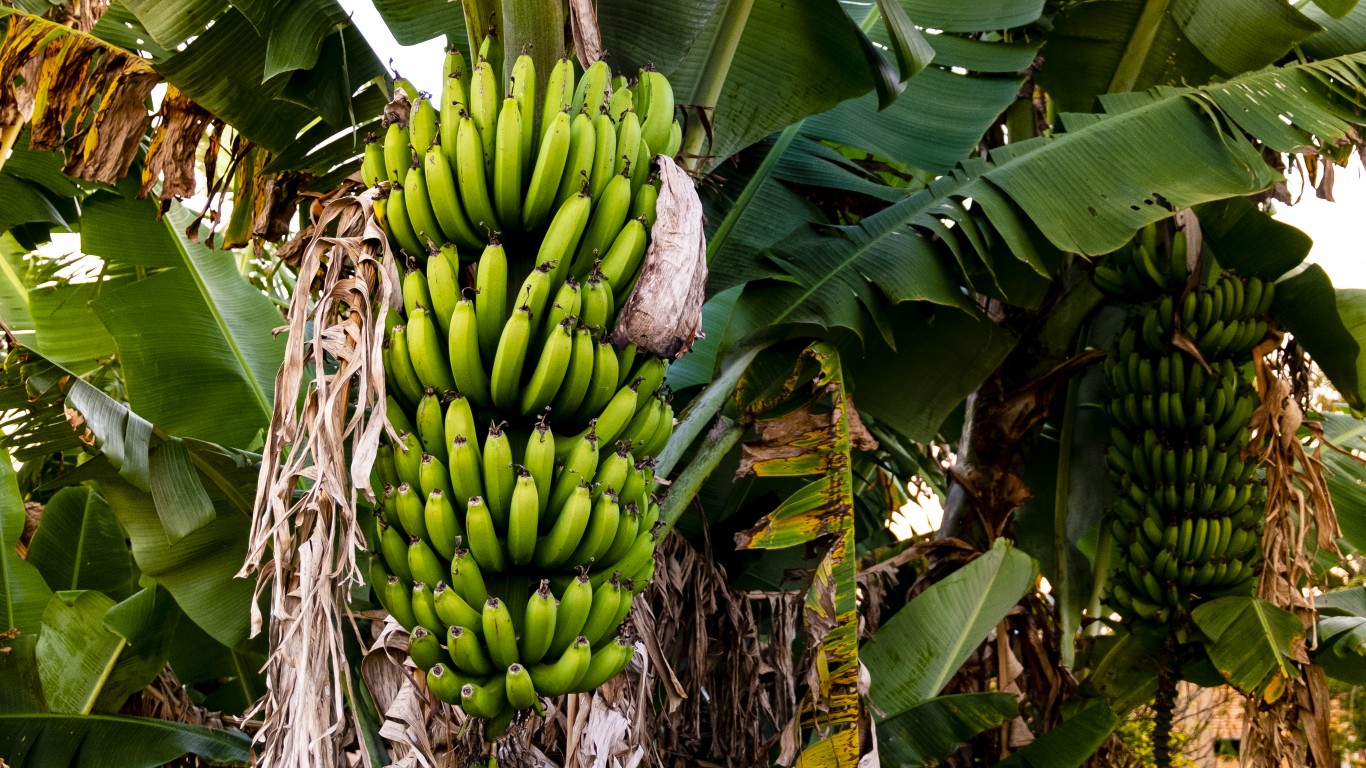
Source: thinkstock
In 2016, however, food prices are expected to rise modestly as crop production backs off and energy prices increase. The increases will not be large enough to cause a spike in food prices as demand for food increases due to population and income growth.
These conclusions come from the Global Food Security Index, published by The Economist Intelligence Unit (EIU), and were released Thursday morning. The index is sponsored by DuPont.
The EIU foresees a return to lower demand for crude oil:
Oil usage in the developed economies will thus resume its structural decline, driven by demographic and income trends, and by efforts to improve energy efficiency. Together with China’s sputtering economy and declining energy intensity, global oil usage will increase very slowly.
Continued growth in crude supply from several OPEC members, including Iran, and Russia “means that supply increases [will be more than offset by] an anticipated decline in US output in 2016.” The EIU expects crude to rise from an average of $54 a barrel in 2015 to $60 a barrel in 2016 and $73 in 2017.
ALSO READ: America’s Richest and Poorest Cities
The impact of oil prices on food prices comes in the form of inputs such as fertilizer and in transportation costs. The EIU notes, “[F]uel’s share of total food costs can be particularly significant in remote locations with poor trade connections, such as in small landlocked developing countries.”
Harvests are expected to decline slightly as lower prices for food reduce incentives for planting and less favorable weather hurts yields. The forecast strong El Niño weather pattern forecast for this year poses risks to the EIU’s production forecast. The EIU also noted the potential impact of a rise in U.S. interest rates:
With a number of emerging market currencies under pressure from rising interest rates in the United States and depressed commodity prices, food insecurity could remain a threat to some countries, even with historically low global food prices.
The EIU concludes:
Food price spikes in 2008, and then again 2011, drove more than 40m people in poor countries below the poverty line, according to the World Bank. The lesson is that today’s low food prices will, at some point, reverse, repeating the cycle that periodically threatens the food security of millions. Having the right structures, investment and priorities in place is essential to meet these longer term challenges. The global population, currently around 7bn, will rise to 9.3bn by 2050. With agricultural investment declining in many parts of the world and productivity stagnating or falling, feeding another 2bn people will not be easy. Against that backdrop, the inevitable cyclical swings in food prices are likely to trend higher unless and until agricultural investment and productivity start to rise again.
ALSO READ: 9 Simple Ways to Save Money Dining Out
Sponsored: Find a Qualified Financial Advisor
Finding a qualified financial advisor doesn’t have to be hard. SmartAsset’s free tool matches you with up to 3 fiduciary financial advisors in your area in 5 minutes. Each advisor has been vetted by SmartAsset and is held to a fiduciary standard to act in your best interests. If you’re ready to be matched with local advisors that can help you achieve your financial goals, get started now.
Thank you for reading! Have some feedback for us?
Contact the 24/7 Wall St. editorial team.



